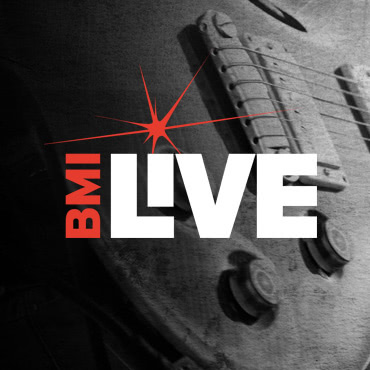Making Your Mixes Sound “Bigger”
Ideas for getting heftier multitracks, including smart miking, proper balancing and, most of all, great playing

For anyone who aspires to turn out sounds that are a full notch better than homemade, the bar is often set by certain landmark records that are unrelentingly powerful, full of crystalline instruments, massive bass and all the other hallmarks of a standout production. Granted, there are limits to what we can do with our own machinery, so making comparisons to big-league favorites is a bit unfair. Nonetheless, if your masters don’t quite have the energy you’d like, consider some of these ideas for adding heft to your multitrack, from using your pan controls to properly balance the sound, applying equalization (in small doses) and compression to boost the foundation, the role of reverb in the mix, plus other thoughts.
Focus on the rhythm section. A dynamic track begins with a foundation that’s solid enough to support all the elements stacked on top and still punch through with room to spare. This means paying close attention to the sound and presence of the bass drum as well as bass guitar or keyboard, ensuring there is plenty of headroom for each (particularly the kick drum) and that the tone and attack blend with the surrounding instruments. Though you may need to briefly solo the drum/bass tracks to check for clarity, it’s how they work together in the mix that matters most.
Good singing, good playing. When it comes to getting a large sound, recording technique can only do so much; what you also need are instruments that have great tone, effects that are tastefully dialed in, and above all players with a palpable sense of purpose. As many engineering pros have pointed out, a studio can’t make a middling band sound great, but in the right hands it can make a great band sound huge.
The right miking. Of course, good playing can be undermined by bad engineering as well, which underscores the importance of smart microphone selection and placement. If miking an acoustic guitar, aim for the 12th fret to avoid boominess; when recording a guitar amp, move the mic ever so slightly between the center and edge of the speaker cone until the tone is smooth, not brittle or overly bright. Don’t settle for an inferior signal thinking you’ll just adjust when mixing; instead, spend some time getting the mic positioning right, using a set of headphones to hone in on the best tone—it’s fascinating how just a few inches one way or the other can dramatically change the timbre on any sound source.
You’ll also want to avoid the phenomenon known as phase cancellation, which can occur when two mics are used on a single source (such as an amp or a drum) but are slightly misaligned, resulting in the “cancellation” of certain frequencies and a noticeable degradation in sound quality. If you detect this while multi-miking, you can remedy the problem by simply flipping the polarity switch on either of the microphone channels (or, to be on the safe side, just stick with mono miking).
Leave some space. There’s also the perception that “big” means there are a lot of moving parts at all times. In reality, some of the most effective productions have been built on the sparest of rhythm sections—one guitar or keyboard, bass and drums—yet sound tremendous mainly because of all the space in between. By comparison, if you fill up the entire soundscape with instruments that are all playing at the same time, there’s little room for anything to breathe. This is why the use of dynamics is a big part of making big records—rather than having everything at the same level from start to finish, be sure to build some peaks and valleys into your work.
The right mix. How you spread the mix across the stereo field can have an impact as well. Hence the importance of carving a clear path for each instrument or vocal, using equalization as needed to keep the parts sonically unique. When mixing, never underestimate the power of mono—that is, placing as many tracks as will comfortably fit in the center (including drums, bass and vocals) to free up more space for guitars, keyboards and other parts, thereby making the whole mix feel less cluttered and, in turn, more powerful. And remember that it’s the small things that can often make a big difference—something as simple as handclaps or a vigorously shaken set of maracas are incredibly effective at propelling a rhythm section, especially when used sporadically (such as the start of a chorus).
Finally, adding certain effects can help enhance the overall sound, as long as you tread carefully. When applying reverb, use the effect-send controls to vary the amount of echo per track (less on kick drum and bass, more on vocal, for instance) rather than just one setting for everything. And while compression in small doses can often give the mix an extra lift, too much will merely prevent the natural tone and timbre of the instruments from punching through—hardly what you want when seeking a bigger sonic profile.








Community
Connect with BMI & Professional Songwriters